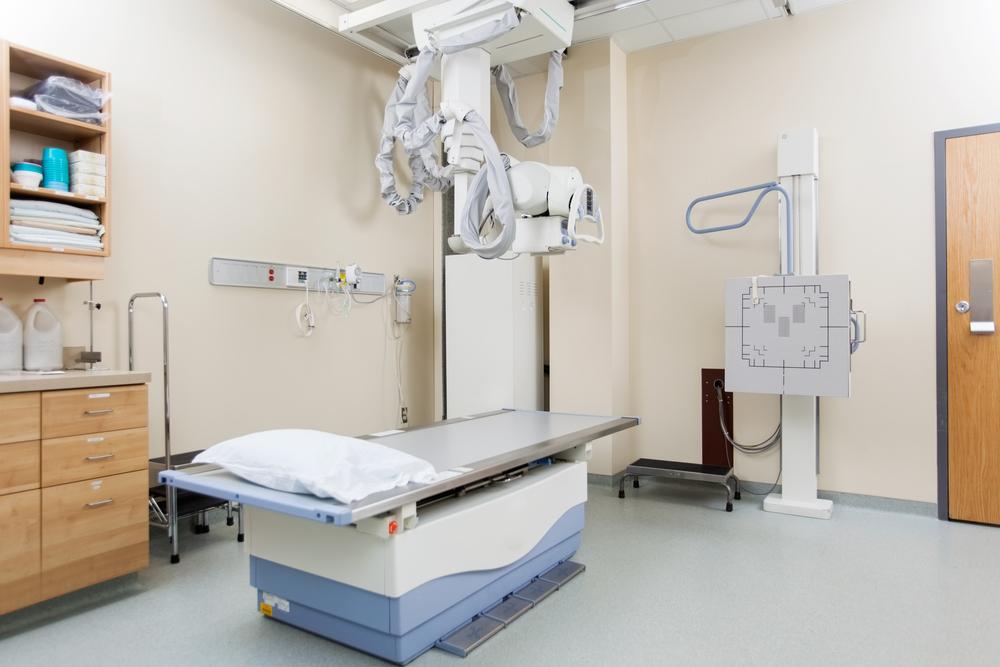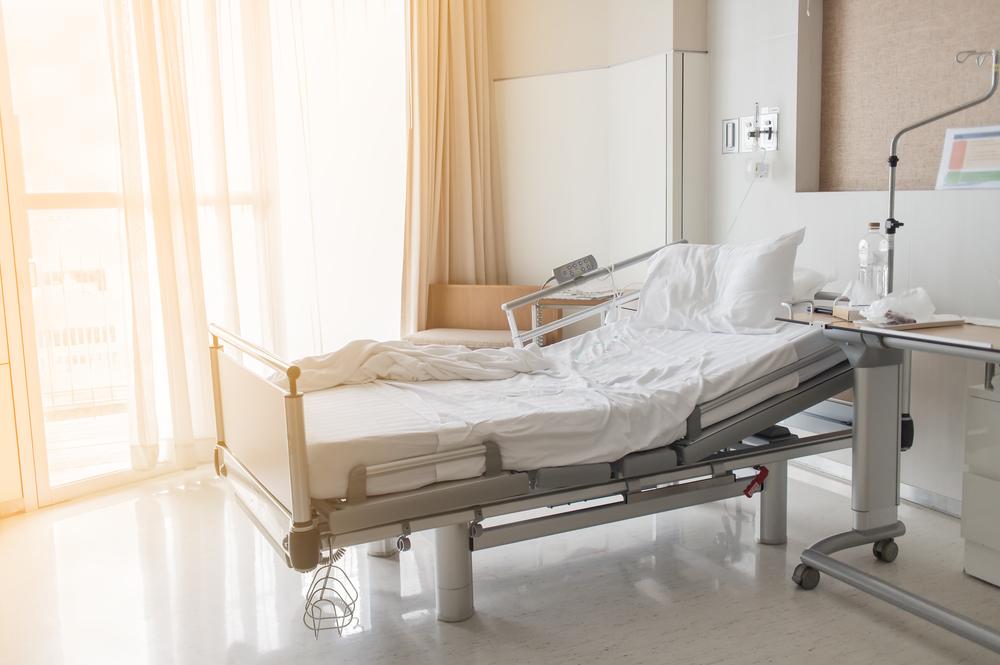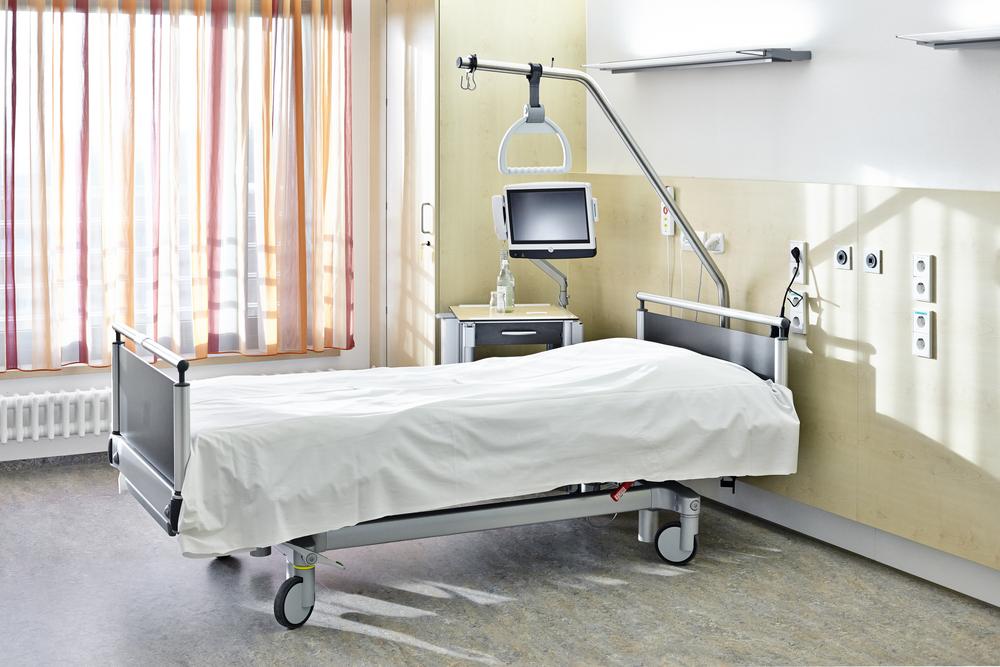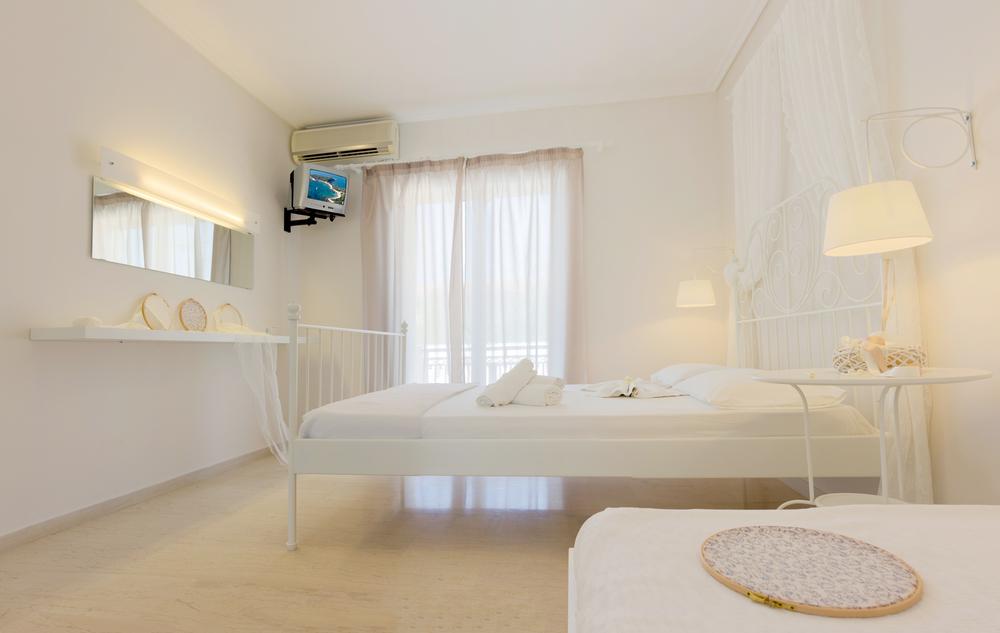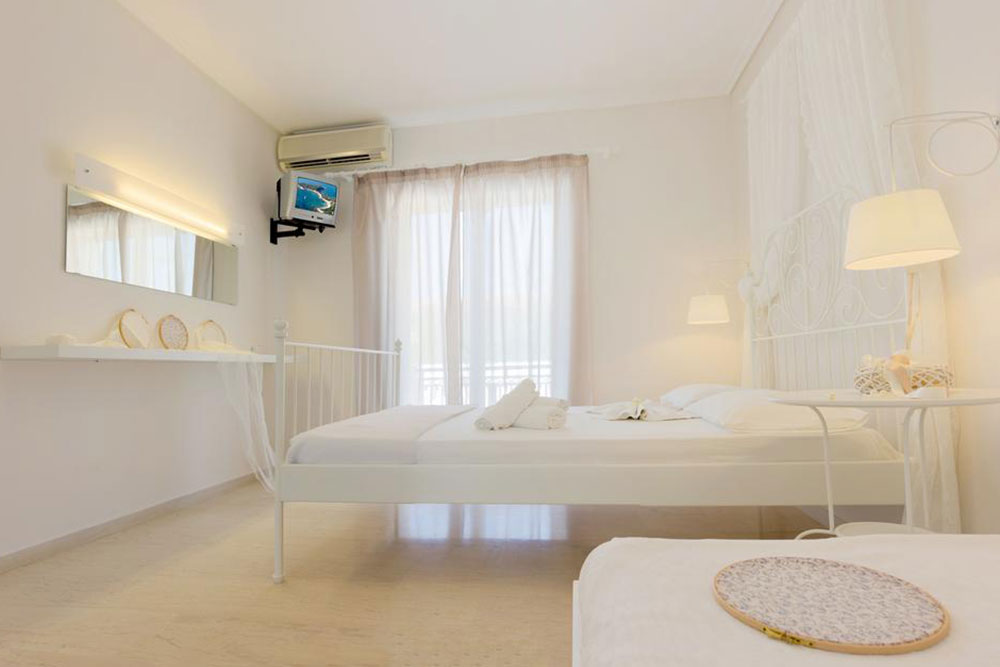Selecting the Ideal Hospital Bed for Home Medical Care
Discover how to select the ideal hospital bed for home care, including manual, electric, bariatric, and low-profile options. This guide helps you find the safe, comfortable, and suitable bed tailored to the patient's medical needs, ensuring a better quality of life at home. Learn key factors to consider to make an informed decision, from mobility requirements to room space compatibility. Expert advice is included to assist in choosing the right hospital bed for safe and effective home care, whether for elderly, bariatric patients, or those with limited mobility.

Choosing the Perfect Hospital Bed for At-Home Healthcare
For patients receiving home-based treatment, it’s crucial to have medical equipment that matches the standards of professional hospitals.
One essential piece is a quality hospital bed. Different health conditions require specific bed types. While some patients need electric models, others benefit from beds with massage features or adjustable settings.
In this guide, learn about various hospital bed options and how to select the most suitable one based on the medical needs of the patient.
Which type of hospital bed is right for you?
Below are common hospital bed types available for home use:
Manual Hospital Beds
Manual beds are among the most affordable options. They feature manual controls—levers or switches—to adjust the head, foot, and height of the bed. Many include a knee raise feature for elevating legs during rest. These beds are simple to clean, require minimal maintenance, and do not need electrical power.
They serve similar functions to electric beds but operate without electricity, making them reliable during power outages. However, adjustments depend on a caregiver’s assistance, which may be inconvenient for bedridden patients.
Full Electric Hospital Beds
For complex medical conditions, full electric beds are recommended. These beds are powered by electricity and often include battery backups. Patients can easily change positions and maneuver the bed independently, thanks to built-in wheels with locking mechanisms.
Semi-Electric Hospital Beds
Semi-electric models provide a balance between manual and full electric beds. They feature electric controls for adjusting the foot and head positions but require manual effort for height adjustments via a hand crank. Ideal for those with mobility challenges, they often have various mattress options for comfort. The main drawback is the manual adjustment for height, which may be less convenient for some users.
Bariatric Electric Beds
Designed for larger or obese patients, bariatric beds are wider and sturdier—generally around 54 inches wide and capable of supporting up to 1200 pounds. These fully electric beds feature emergency cranks and are easy to move around. When selecting one, consider both patient size and room dimensions for proper fit and safety.
Low Profile Beds
Low beds are suitable for patients with mobility issues or those prone to frequent rolling. Their reduced height enhances safety, reducing fall risks when getting in or out and providing stability for bedridden patients. These beds are particularly beneficial for patients requiring extra support or who have difficulty with higher beds.
If uncertain about which bed suits your needs best, consult a healthcare professional for guidance.

